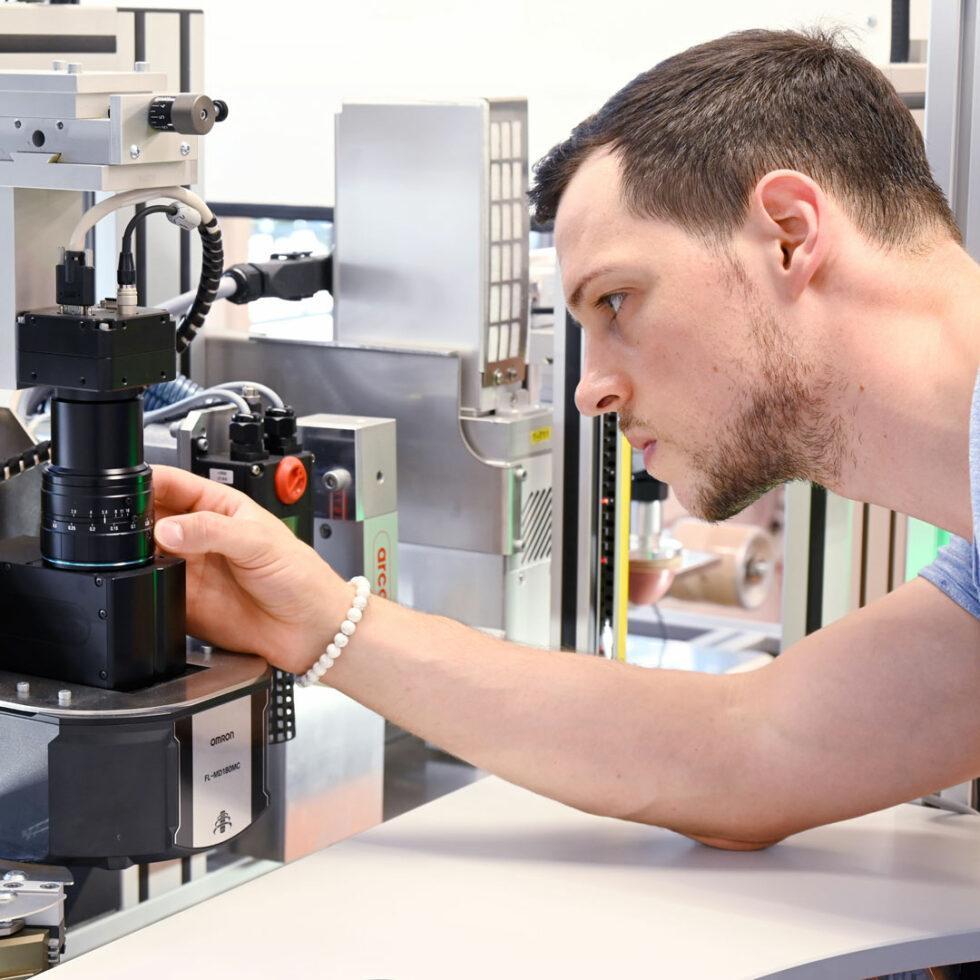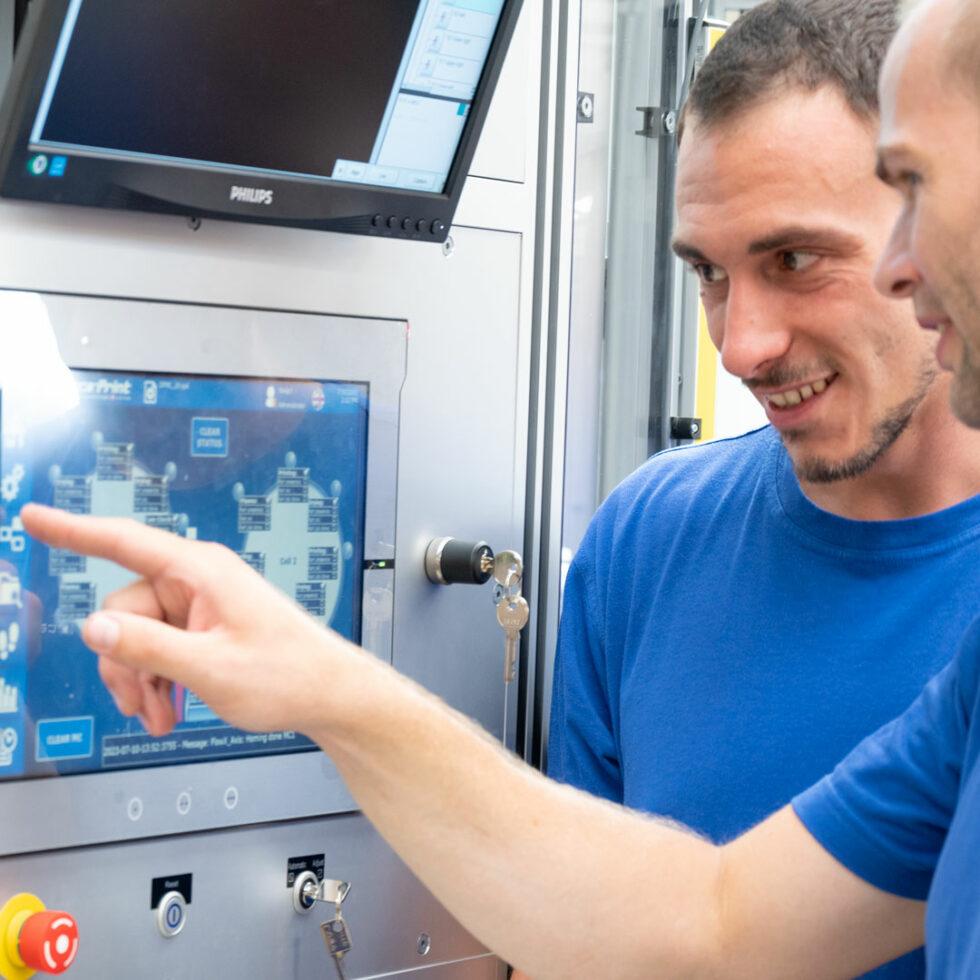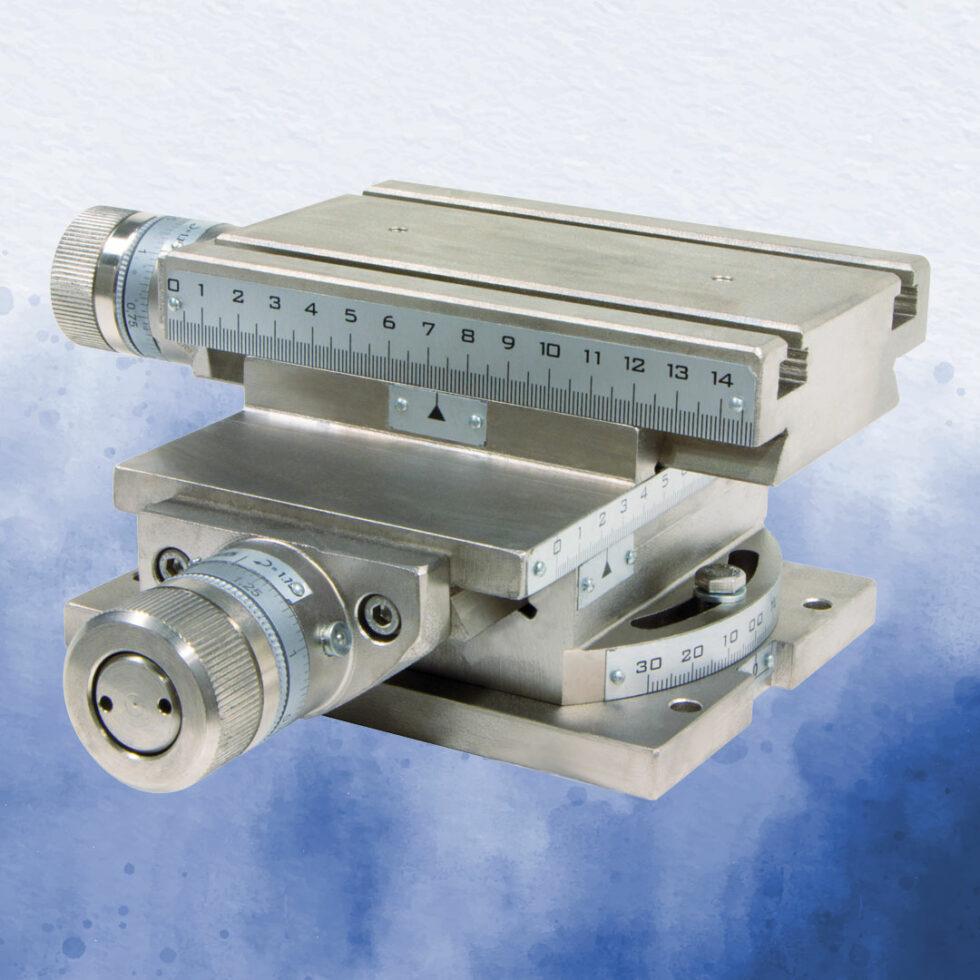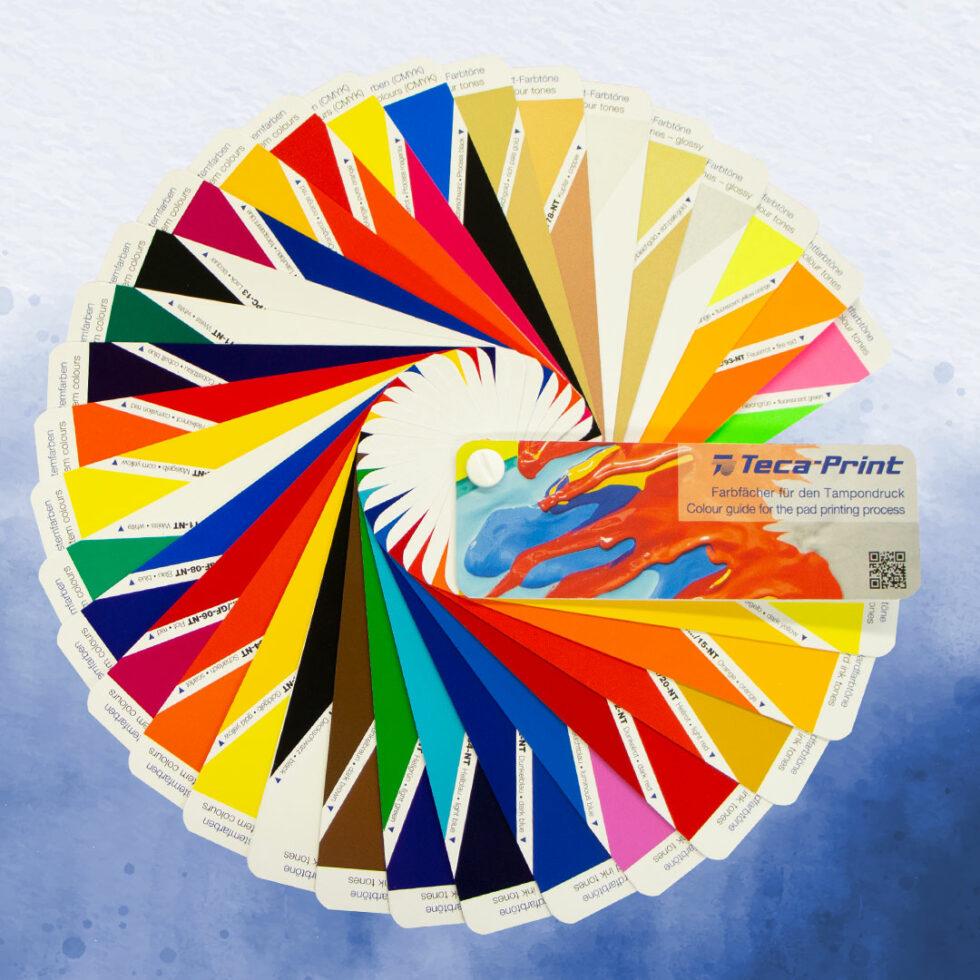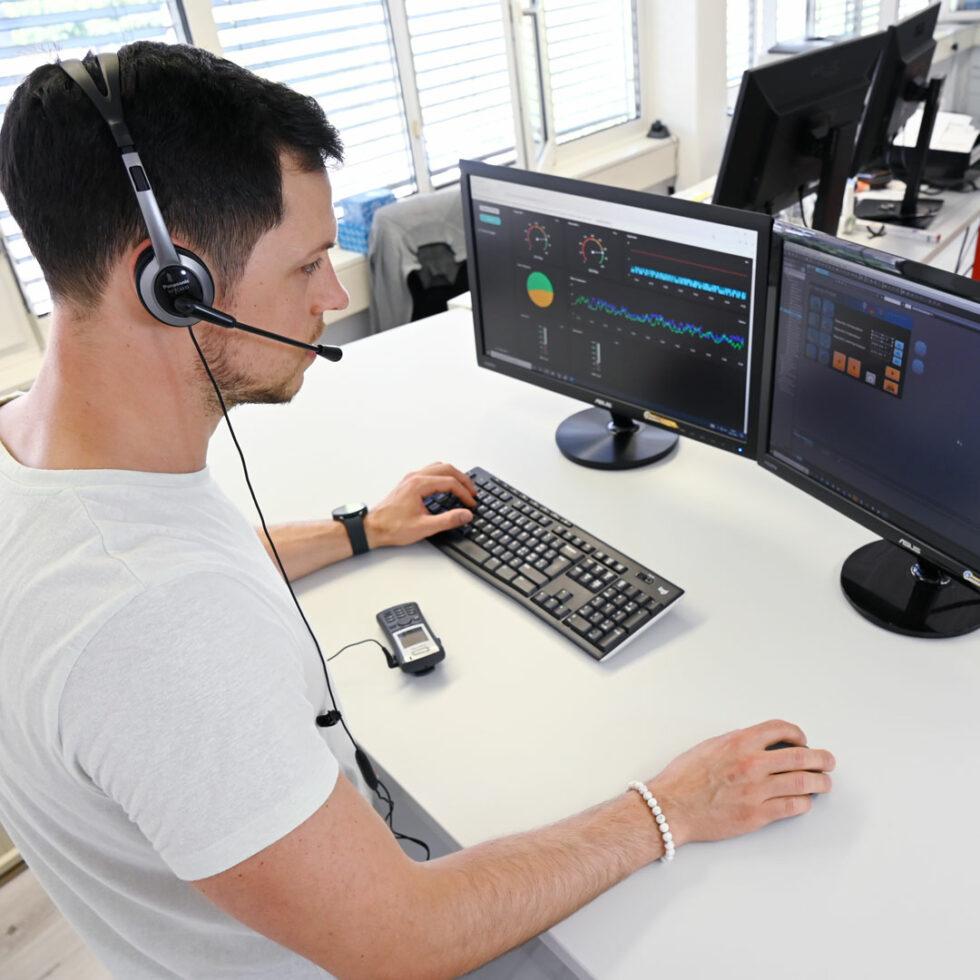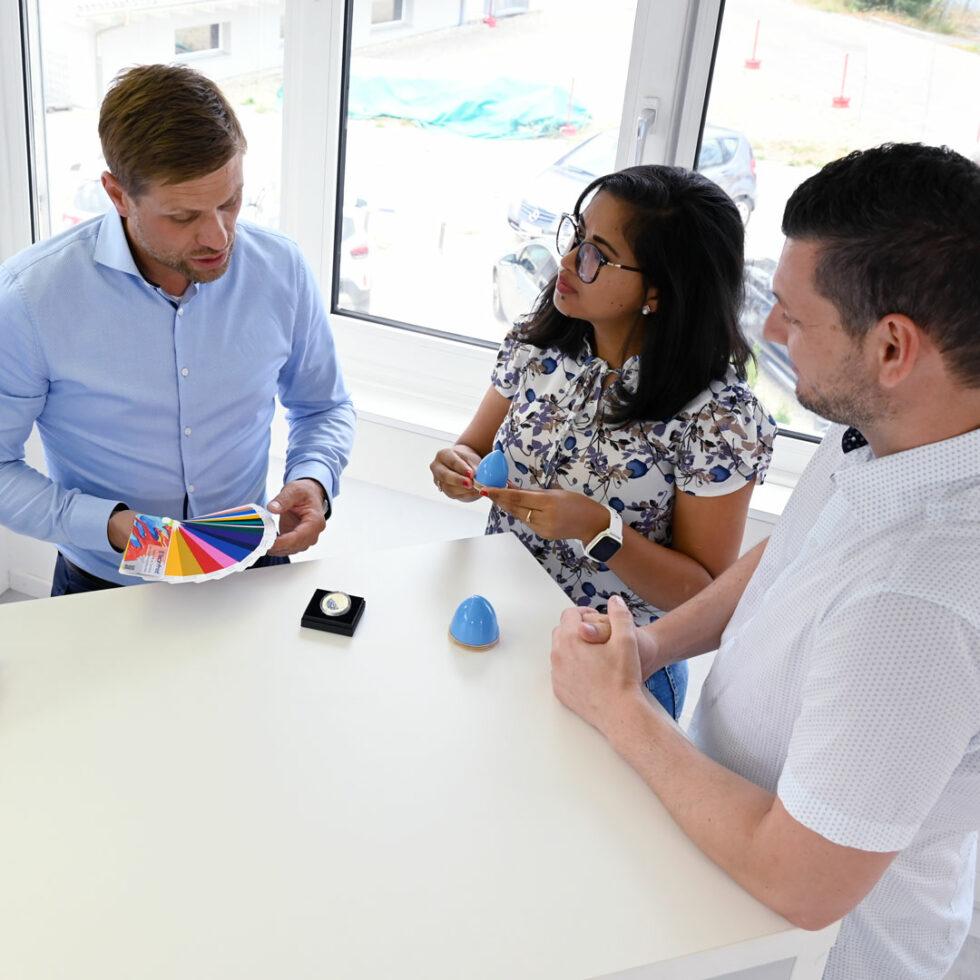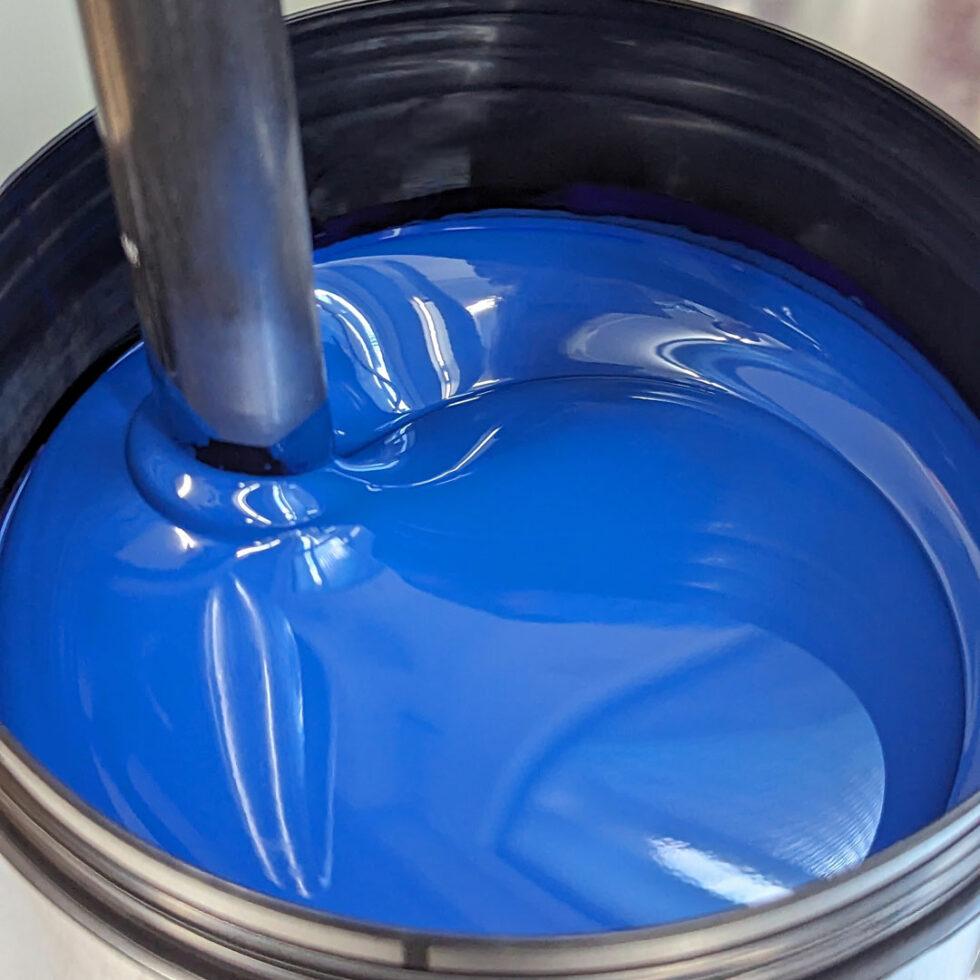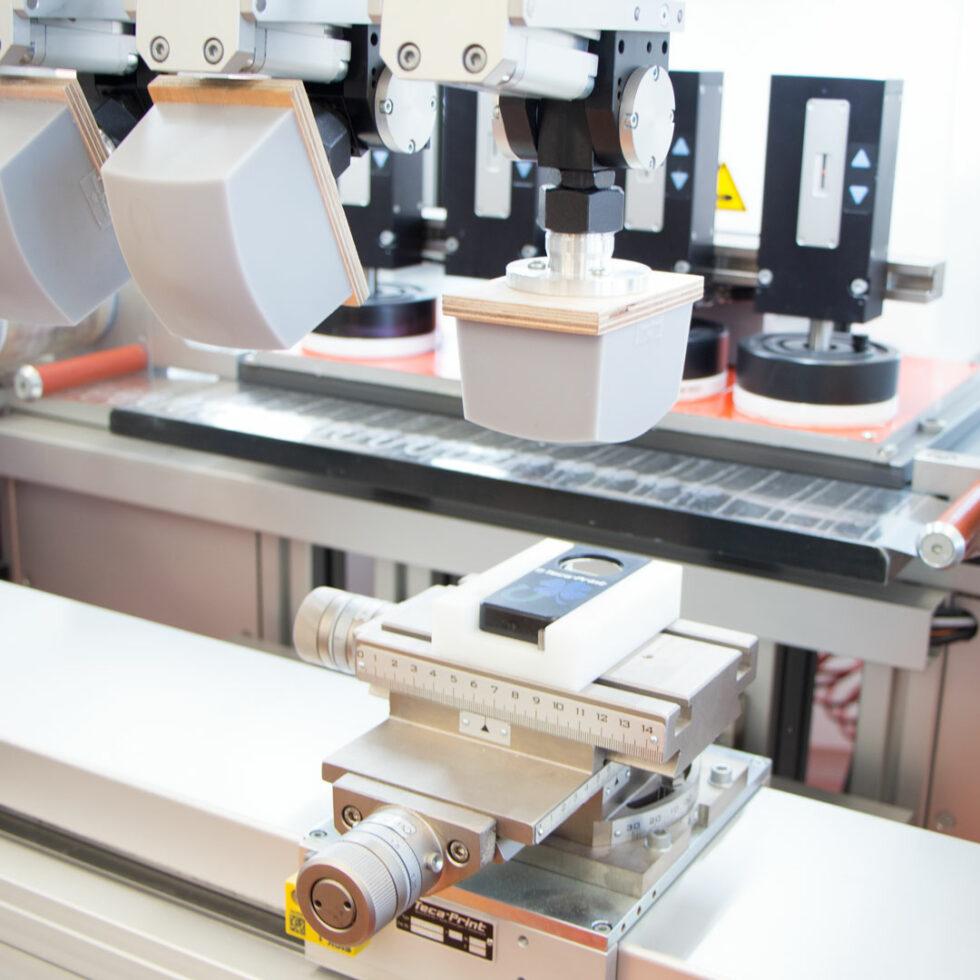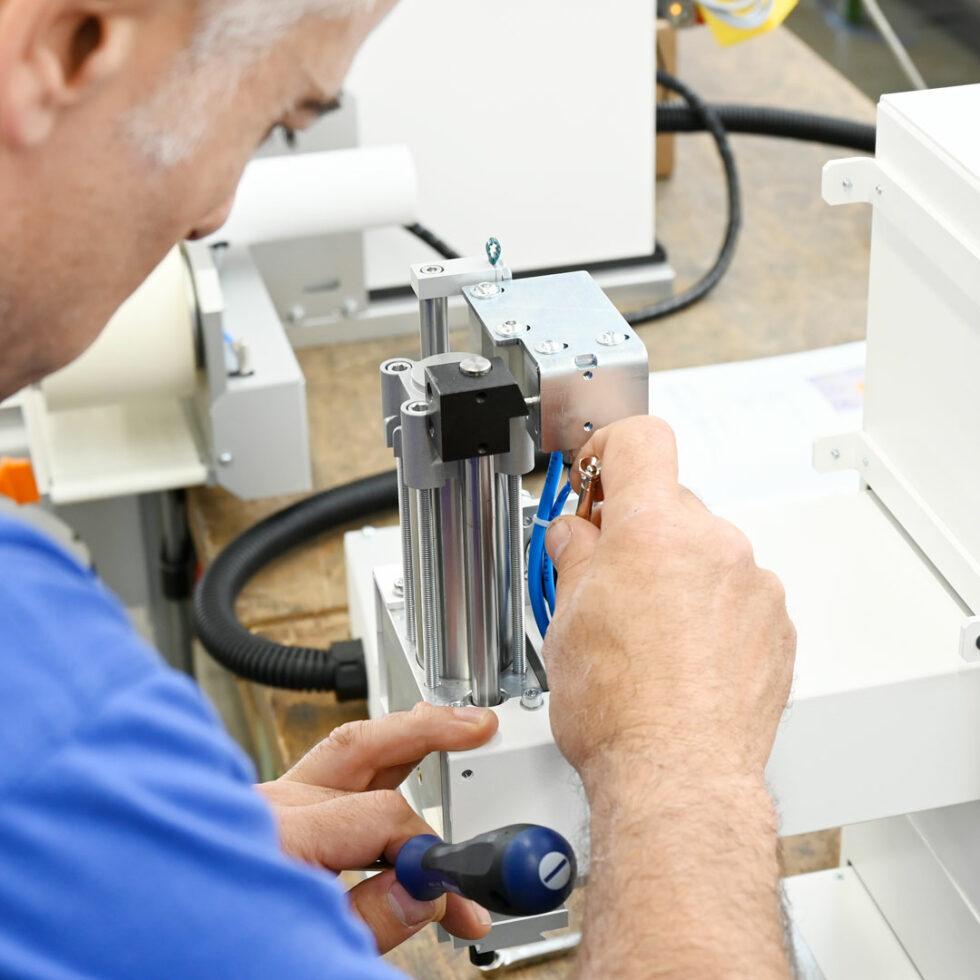La tampographie est un procédé d’impression indirect par gravure. Des images d’impression sont gravées dans une plaque plate, un cliché. Elles sont remplies d’encre. Un tampon élastique en caoutchouc de silicone récupère l’encre en appuyant dessus et la transfère sur l’objet. Ce poinçon, appelé tampon, a donné son nom au procédé d’impression.
FAQ
"Quels sont les avantages de la tampographie ?"
Grâce à l’élasticité du caoutchouc de silicone, le tampon peut s’adapter à l’objet à imprimer lors de la dépose de l’encre. Il est ainsi possible d’imprimer non seulement sur des surfaces planes, mais aussi sur des surfaces non planes. Les surfaces structurées ou en relief peuvent également être imprimées à l’aide de la tampographie. Grâce au dispositif de compensation de la hauteur du tampon, il est possible de réaliser des impressions à différentes hauteurs en un seul cycle d’impression.
"Quelles sont les applications possibles en tampographie ?"
La tampographie est très polyvalente !
De nombreux objets peuvent être imprimés sans grand effort. Les progrès constants et les nouveaux développements en matière de consommables tels que les encres, les tampons et les clichés ouvrent sans cesse de nouvelles possibilités d’application.
Dans le même temps, les innovations techniques offrent des solutions toujours plus qualitatives et plus pratiques. Les systèmes de vision par caméra, par exemple, sont de plus en plus utilisés. En fonction des exigences du client et de l’application, la position de la pièce dans le support de pièce et/ou l’image d’impression elle-même sont contrôlées après l’impression. Si on le souhaite, l’impression peut même être corrigée automatiquement si, par exemple, la position de l’impression n’est pas exactement correcte. L’utilisation de la caméra peut s’avérer particulièrement utile pour obtenir des objets imprimés de haute qualité et éviter les coûts liés aux erreurs d’impression.
"Puis-je utiliser la tampographie dans ma production ?"
Dans l’ensemble, la tampographie est utilisée dans un large éventail de secteurs industriels en raison de sa polyvalence.
En voici quelques exemples
Industrie horlogère
Industrie numismatique
Industrie électrique / électronique
Industrie des miconducteurs
Industrie informatique
Industrie des télécommunications
Électronique de consommation
Technologie médicale
Industrie de l’optique et de la bijouterie
Industrie automobile
Appareils ménagers
Articles de sport
Industrie du jouet
Industrie de la brosserie
Fermetures en plastique
Industrie du plastique en général
Industrie du matériel publicitaire… etc.
"Quelle est l'épaisseur de la couche d'encre ?"
L’épaisseur de la couche d’encre transférée en tampographie est comprise entre 4 et 10 μm. Elle varie en fonction du type d’encre et de la nuance de couleur et est également influencée par la viscosité de l’encre, la qualité du silicone, la profondeur de gravure et les influences environnementales telles que la chaleur et l’humidité.
"Puis-je imprimer plusieurs couleurs ?"
En raison de la fine couche d’encre transférée lors de la tampographie, il est également possible de réaliser une impression multicolore « humide sur humide », c’est-à-dire sans séchage intermédiaire. Des dispositifs périphériques sont disponibles à cet effet, tels que
– Unités de déplacement des tampons pour l’impression bicolore
– Tables rotatives d’indexation
– Tables mobiles
– Transfert Carré (bandes ovales)
– Alimentations de circuits
"Qu'est-ce qui est nécessaire pour faire de la tampographie ?"
- Votre produit/objet: Votre produit peut être fait des substrats différents, comme du polymère, du métal, du verre ou de la céramique.
- Machine de tampographie: Il s’agit de la pièce centrale de l’équipement de tampographie. En fonction de la conception et de l’application, il se compose de divers éléments.
- Clichés: Ils sont gravés avec l’image d’impression souhaitée. Les clichés sont essentiels pour transférer le motif sur le tampon.
- Encres: Le choix des encres dépend des exigences qui leur sont imposées. Celles-ci peuvent être, par exemple résistance à l’abrasion, résistance aux solvants, finition brillante ou mate, résistance aux conditions atmosphériques ou résistance aux : Graisses, huiles, crèmes cosmétiques, transpiration des mains, acides, alcalis, diluants, essence, etc.
- Tampons d’impression: Les tampons d’impression, disponibles en différentes qualités, formes et duretés, sont utilisés pour prendre l’encre du cliché et la transférer sur l’objet à imprimer.
- Pre-traîtement: Certains matériaux, comme les polyoléfines (polyéthylène et polypropylène), ne peuvent pas être imprimés sans prétraitement car leur tension superficielle est trop faible. Celle-ci doit être d’au moins 38 dynes par cm.
- Post-traîtement: Le post-traitement des pièces imprimées est généralement effectué pour rendre les pièces empilables immédiatement ou dans un délai très court. L’image imprimée est irradiée par une source de chaleur, soufflée ou enflammée à l’aide d’un brûleur, ce qui accélère l’évaporation du diluant présent à la surface. Avec les encres à deux composants, le durcissement chimique est accéléré, mais la liaison moléculaire n’est achevée qu’au bout de six jours.
"Quels sont les types de clichés qui conviennent à la tampographie ?"
Le cliché est d’une importance cruciale dans la tampographie, car il contient l’image d’impression qui est transférée sur l’objet à imprimer. La qualité du cliché et du motif d’impression qu’il contient influe donc directement sur la qualité de l’impression.
Les types de clichés adaptés à la tampographie sont les suivants
– les clichés en polymère
– les clichés en acier
– clichés en acier mince 05
– les clichés en céramique
Il existe de nombreuses autres subdivisions à chaque type de cliché, de sorte que le cliché approprié est disponible pour chaque application et équipement de machine.
"Qu'est-ce que je dois prendre en compte lorsque je choisis un tampon d'impression ?"
Le tampon d’impression est d’une importance capitale dans la tampographie : il est l’un des principaux facteurs d’un bon résultat d’impression. Teca-Print dispose de sa propre unité de production de tampons. Les qualités de silicone et les moules pour tampons font l’objet d’un développement constant. Les tampons d’impression sont fabriqués en caoutchouc de silicone et sont disponibles en différentes qualités, formes et duretés.
Qualités des tampons/des silicones et duretés disponibles
Le comportement d’impression du tampon varie en fonction des propriétés du silicone. Grâce à la grande variété de qualités de silicone disponibles, il est possible de trouver le tampon d’impression idéal pour chaque application afin d’optimiser la qualité du résultat de l’impression. La dureté du tampon est mesurée en Shore. Teca-Print utilise l’échelle de System 00 Si. Les tolérances de fabrication sont de ± 2 Shore 00 Si. En général, la dureté des tampons se situe entre 39 Shore 00 Si (très doux) et 70 Shore 00 Si (très dur). Outre la qualité de la surface et la forme de l’objet à imprimer, la force d’impression de la machine utilisée et la taille de l’image imprimée doivent également être prises en compte lors du choix de la dureté du tampon.
"Comment puis-je m'assurer que la solution de tampographie est intégrée de manière optimale dans ma ligne de production ?"
Notre équipe d’experts met au point des processus complets et vous aide à les intégrer dans votre production existante. Nous adaptons nos solutions à vos besoins spécifiques.
"Teca-Print propose-t-elle des formations pour l'utilisation des systèmes de tampographie ?"
Oui, nous proposons des formations pour vos employés. Les possibilités offertes par nos systèmes d’impression sont très complexes et nous voulons que vous et vos employés puissiez bénéficier de toute la gamme de services.
"Comment Teca-Print garantit-elle la qualité de ses produits ?"
Nos produits sont soumis à des contrôles de qualité stricts pendant la production. Avant l’expédition, nous effectuons un test de pré-acceptation approfondi pour nous assurer que chaque système répond à nos normes élevées.
"Teca-Print propose-t-elle également une assistance après la mise en service ?"
Oui, notre équipe de service et d’assistance est également à votre disposition après la mise en service. Nous proposons des solutions à tous les problèmes, fournissons une assistance pour les développements et les mises à niveau futurs et nous nous réjouissons d’un partenariat à long terme.


